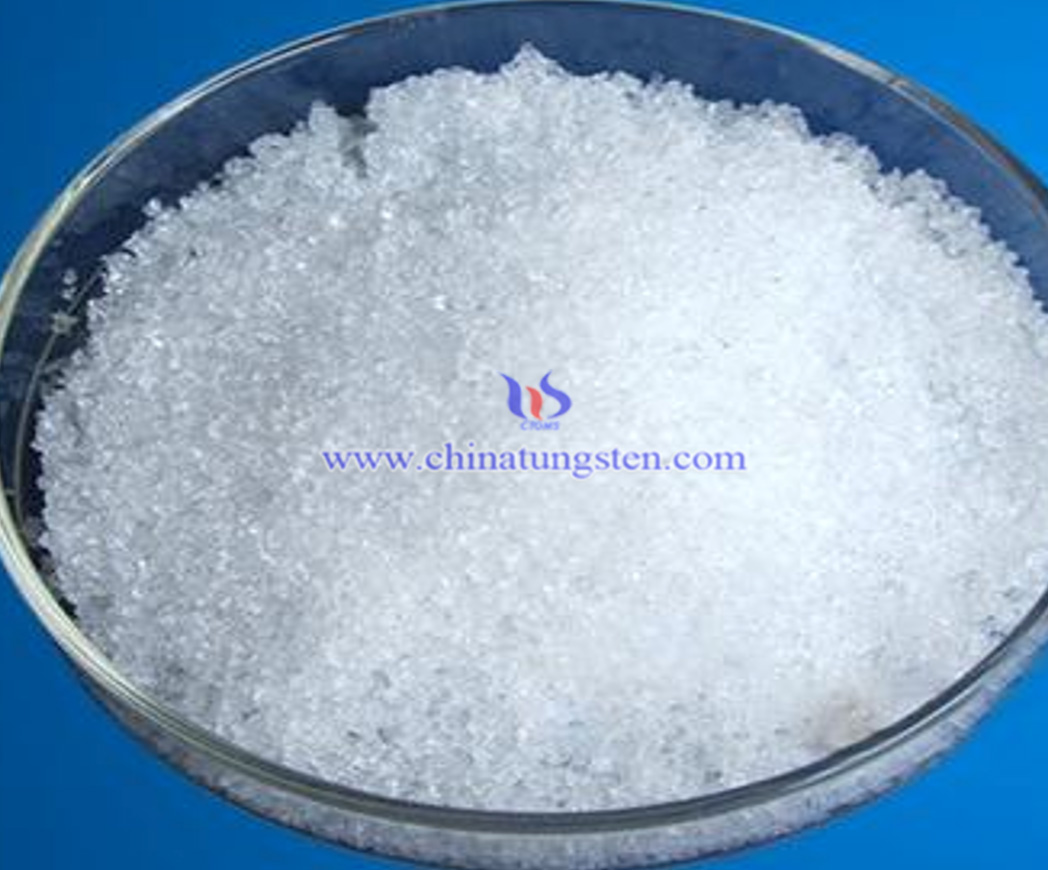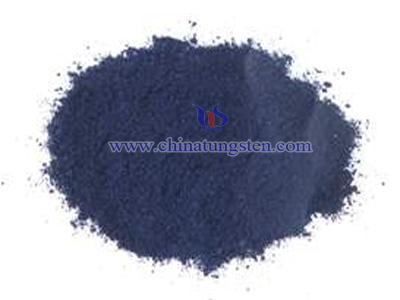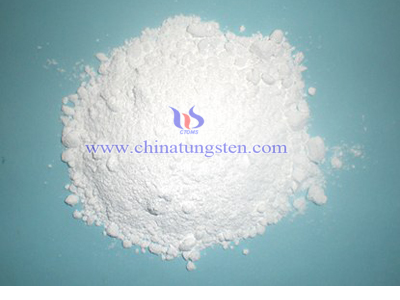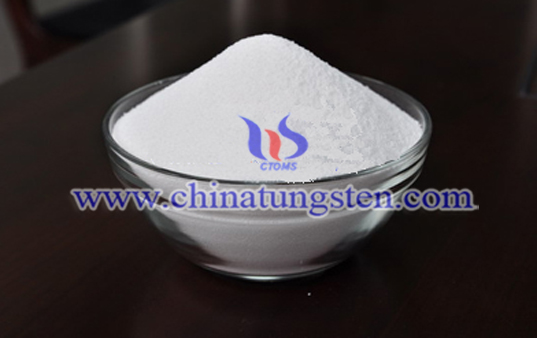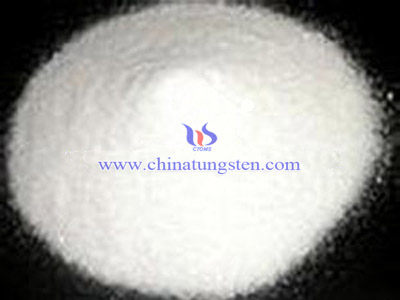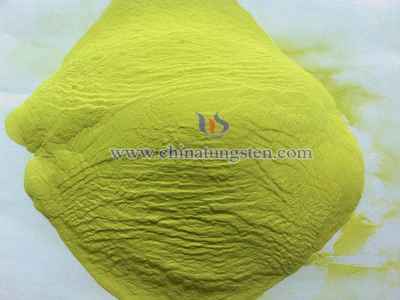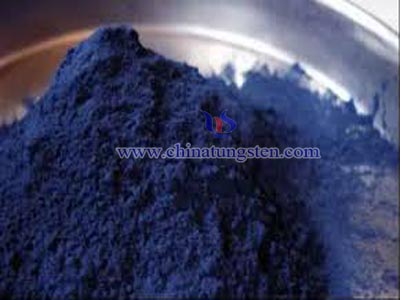Particle Size Distribution of Ammonium Metatungstate
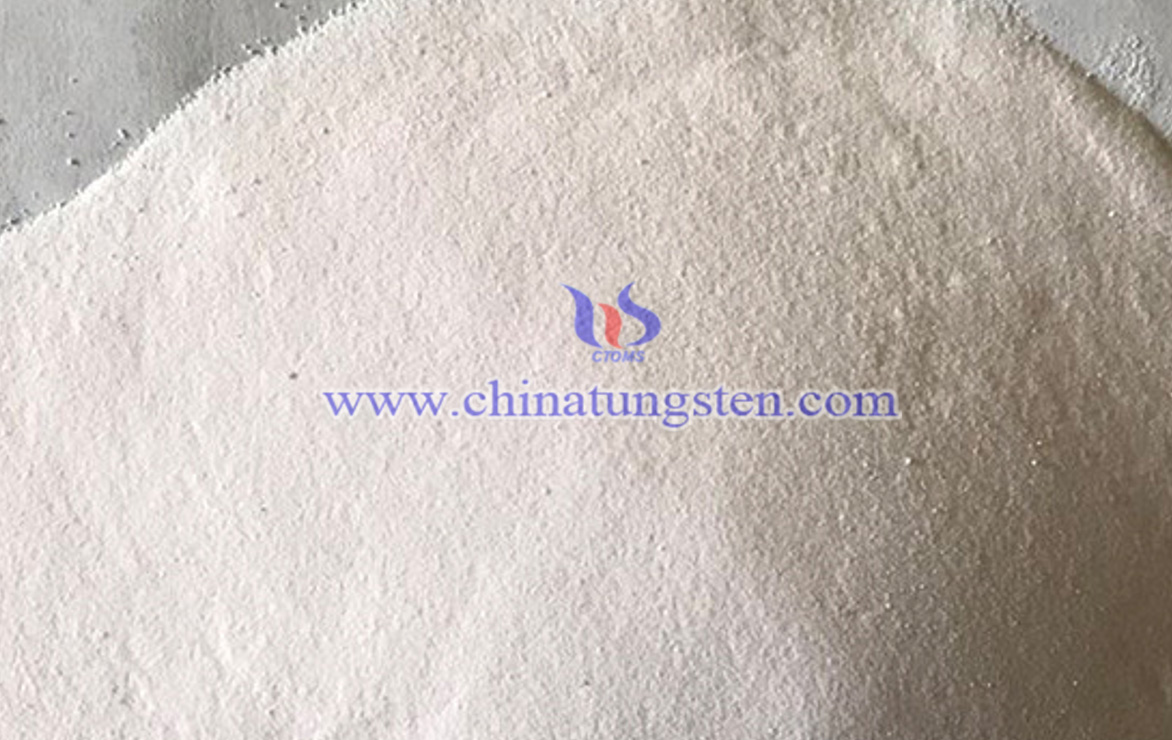
The particle size of ammonium metatungstate plays a crucial role in its dissolution efficiency and industrial applicability. The size not only determines its dispersibility and solubility in solution but also directly affects its performance in downstream industrial applications, such as catalyst preparation and tungsten compound synthesis. Therefore, precise measurement and control of AMT’s particle size distribution is essential for ensuring product quality and process stability. The primary tool used for AMT particle size analysis is the laser particle size analyzer, which operates based on laser scattering technology: when a laser beam interacts with sample particles, the particles scatter light at angles corresponding to their sizes. By collecting and analyzing the scattered signals through a detector, the instrument calculates the particle size distribution.
In industrial production, the average particle size (D50, the diameter at which 50% of the particles are smaller) of AMT is typically controlled within the 10-50 µm range. This range is considered an optimal balance between performance and practicality. If the particles are too fine, for example, with an average size below 5 µm, they may dissolve faster, but they also pose handling challenges, such as dust generation, which can affect workplace cleanliness and pose potential health risks to workers. Conversely, if the particles are too coarse, with sizes exceeding 100 µm, the reduced surface area lowers solvent contact efficiency, making dissolution difficult, extending process times, and potentially compromising uniformity and effectiveness in downstream applications.
The results from laser particle size analysis are typically presented as particle size distribution curves, which visually depict the range and distribution characteristics of particle sizes, including whether the distribution is unimodal, multimodal, or skewed. By analyzing these curves, manufacturers can assess whether AMT’s particle size meets target specifications and ensure batch-to-batch consistency.
To further optimize particle size control, process parameters such as stirring speed, cooling rate, and solution supersaturation level are often adjusted during crystallization to prevent deviations from the desired particle size range. Additionally, particle size distribution data can be correlated with other characterization methods, such as X-ray diffraction (XRD) or scanning electron microscopy (SEM), to comprehensively evaluate AMT’s physical properties. This is especially critical for high-precision tungsten product manufacturing, where uniform particle size distribution is essential. Through systematic detection and optimization, the dissolution performance and overall application effectiveness of AMT can be significantly enhanced.

